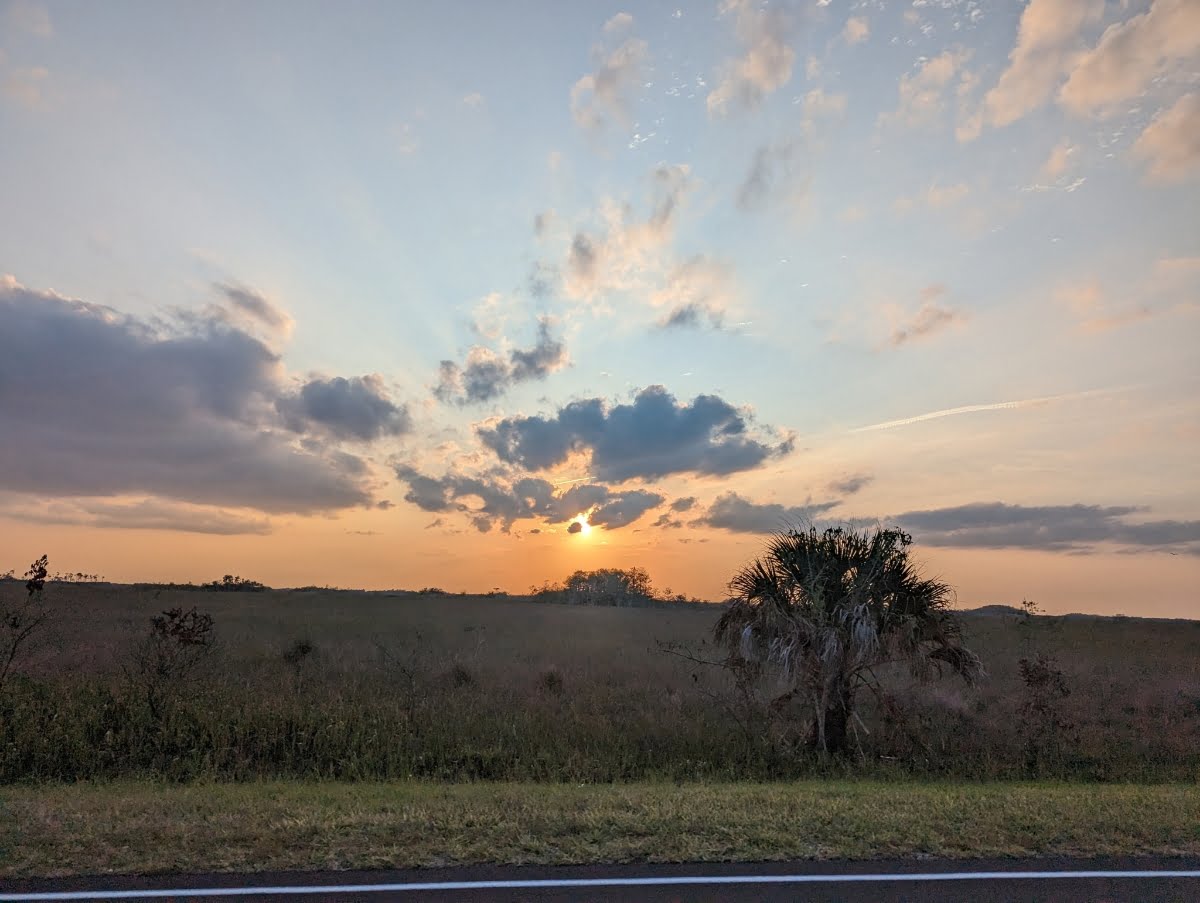Coontie Palm (Zamia integrifolia)
Zamia integrifolia, commonly known as Coontie palm, is a small, slow-growing cycad native to Florida. Despite its palm-like appearance, it’s not a true palm but a cycad, an ancient group of seed plants. Its attractive, fern-like foliage and tolerance to various environmental conditions make it a popular choice for landscaping in its native regions, and it also serves as the primary food source for the larvae of the Atala butterfly.
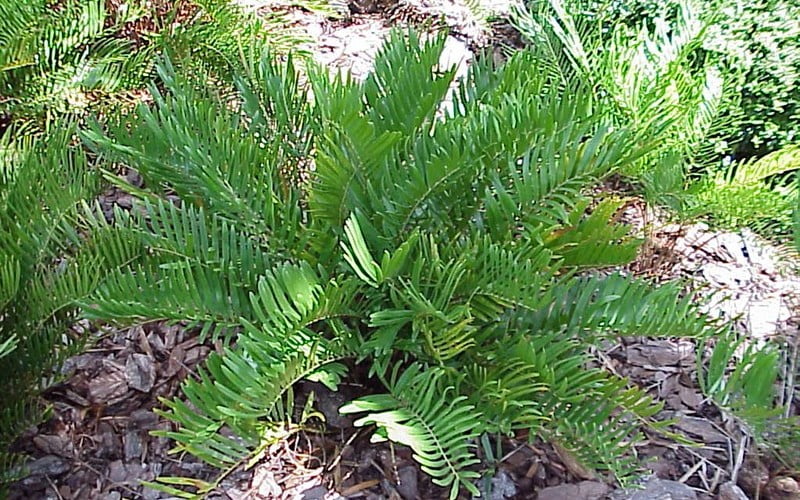
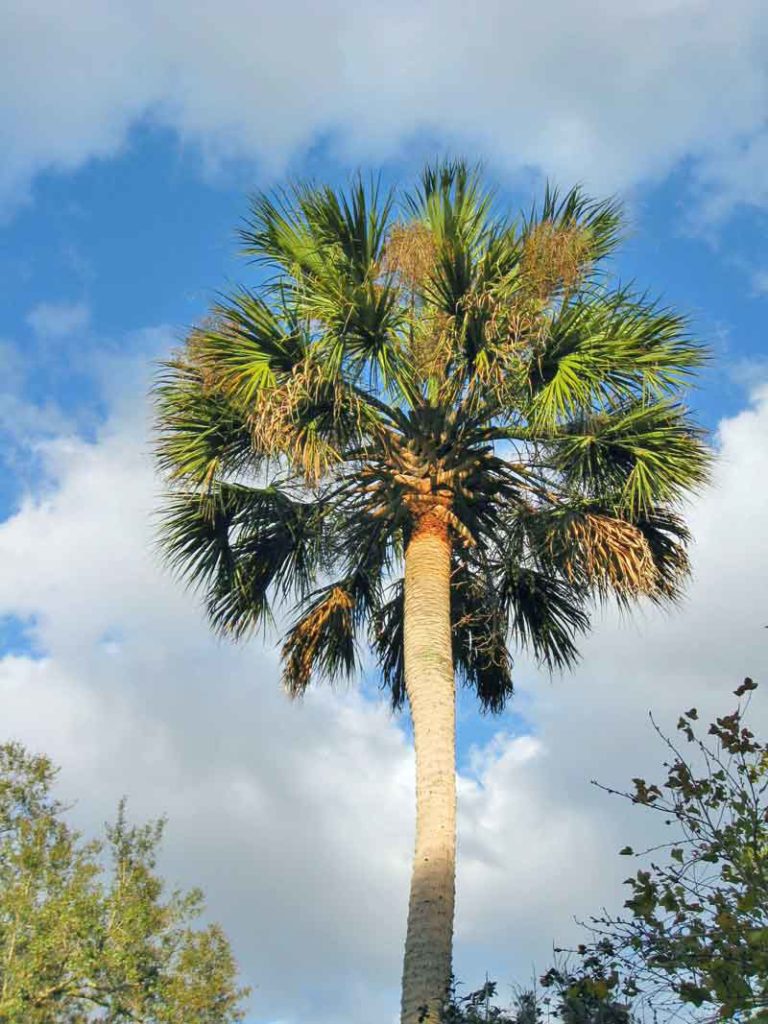
20 Florida-Native Sabal Palm Seeds (Sabal palmetto) Cabbage Palm- State Tree of Florida
Whether you’re looking to add a tropical touch to your garden or support local ecosystems, Sabal Palm Seeds are your ticket to a thriving, resilient palm that sways gracefully with tales of its native land. 20+ seeds.
Origin: Polk County, FL, USDA 8-11.
Role as Larval Hosts
While oaks, milkweeds, and passion vines often receive attention as larval host plants, Florida’s native palms also serve as critical nurseries for various butterfly and moth species. Here’s how:
- Atala Butterfly (Eumaeus atala): This striking butterfly, with its vibrant red and blue spots, relies heavily on the Coontie palm, a cycad that’s often grouped with palms due to its appearance. The Atala larvae feed on the Coontie leaves, deriving protection from predators due to the plant’s natural toxins.
- Monk Skipper (Asbolis capucinus): The larvae of this skipper species feed on the leaves of several native palms, including the Cabbage Palm and Saw Palmetto.
- Palm Flower Moth (Litoprosopus futilis): This moth species lays its eggs on palm inflorescences, especially those of the Cabbage Palm. The emerging caterpillars feed on the flowers and developing fruits.
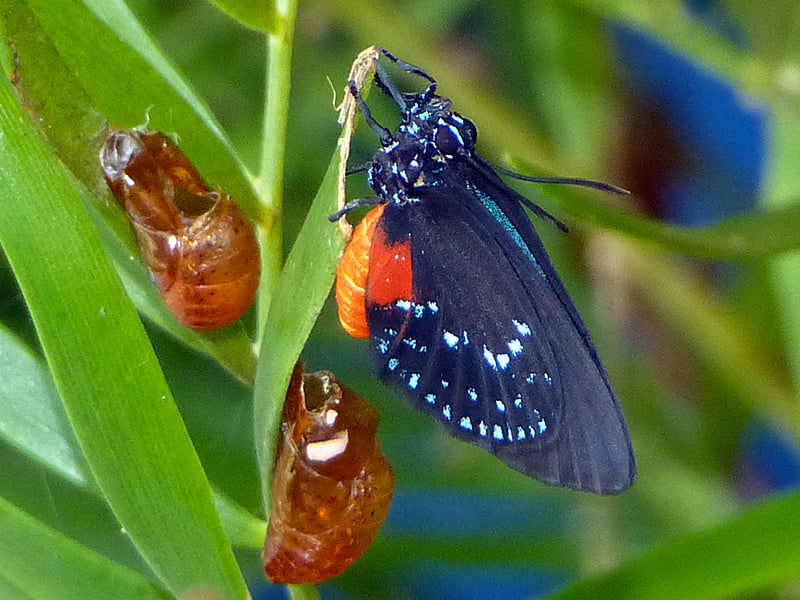
Conservation Implications
Florida’s rapid urban development poses a threat to many native plant species, including palms. By understanding and promoting the role of native palms as larval host plants, conservationists can emphasize their ecological importance. Protecting these palms ensures the survival of several butterfly and moth species, contributing to Florida’s rich biodiversity.
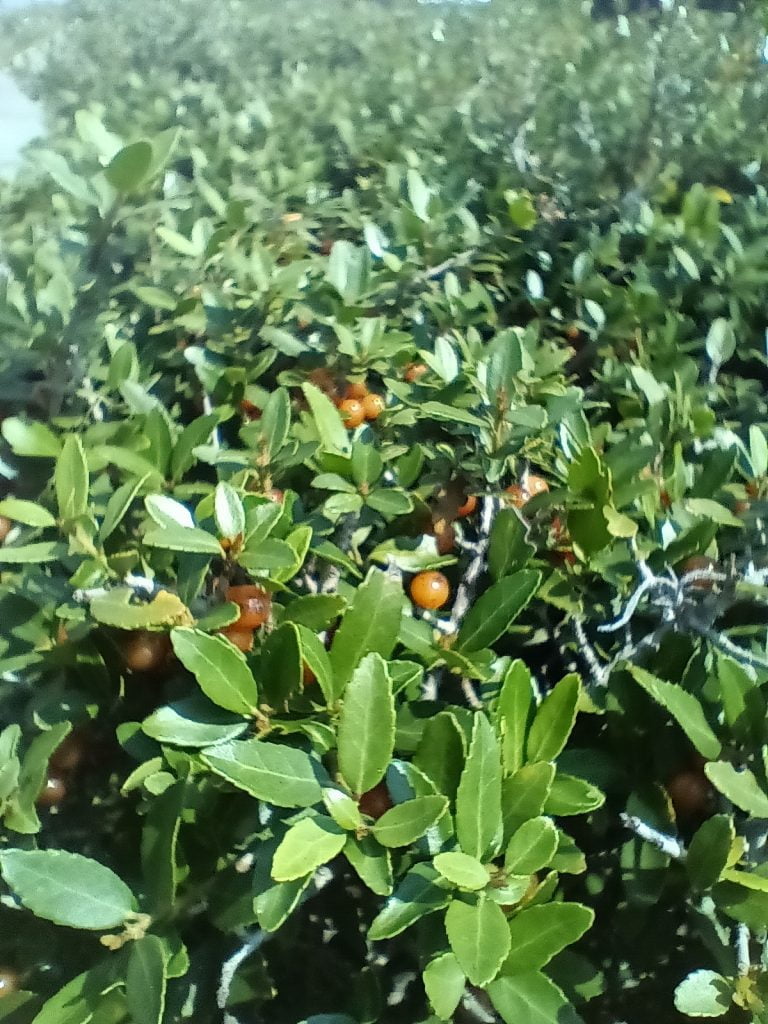
20 Florida-Native “Black Drink Holly” Seeds (Ilex nigrempotum) formerly “Yaupon”
20 or more seeds of the Florida-native, Black Drink Holly (Ilex nigrempotum), formerly known as “Yaupon.” Origin: Polk Co. FL Zone 9b.
Conclusion
Florida’s native palms are more than just ornamental icons; they’re vital cogs in the state’s ecological machinery. As larval host plants, they support the life cycles of various butterflies and moths, emphasizing the intricate web of interdependence in nature. By conserving these palms and recognizing their importance, we can ensure a brighter future for Florida’s diverse lepidopteran species… one day at a time!
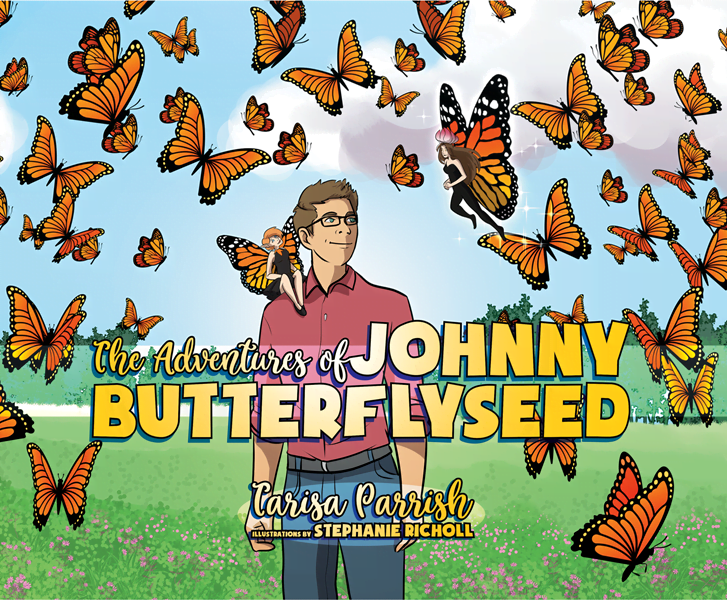
The Adventures of Johnny Butterflyseed – Author Signed First Edition Children’s Book
Save the monarchs!
Johnny Butterflyseed and his fairy friend, Raven Silverwing, embark on a mission to save the rapidly disappearing butterflies. They enlist the help of Queen Venus Goldwing and her kingdom of monarchs to educate and inspire kids to become butterfly farmers. At first, Johnny faces his own internal struggle with self-doubt and fear in his ability to make a difference, but then soon develops a mindset that allows him to not only get started, but also make progress one day at a time. Through challenge after challenge, Johnny learns that he is not alone in his mission and that there are many people who want to help. Together, Johnny, Raven, and Queen Venus educate thousands of children on becoming butterfly farmers.
